Answer this: The night is dark and silent. No one’s home. You are about to go to sleep. What are you more afraid of – being alone or realizing that you are NOT alone in that darkness? Most of us are scared of the things that go bump in the night, whether we admit it or not. But are ghosts real? Let’s take a look at the science of GHOSTS!
It was a dark, stormy night
Story time:
I love when it rains. So the storm brewing outside put me at ease and made me feel relaxed after a long tiring day. As I laid on my bed and finally started to drift off to sleep, I felt a jolt in my body. An unknown fear took over me. I could not figure out what was going on as my heart started to feel heavier and my mind became deadened by terror. Stuck in a state of consciousness between wakefulness & sleep, I finally saw it move ever so slightly.
It stood tall in one dark corner of the room staring into my soul with its empty eyes. I struggled to breathe, let alone scream for help, as I felt my body become paralyzed, unable to move. A lone tear carved its way from my eyes into my cheeks, as the thing started to move towards me. The tall, slender ‘shadow person’ loomed over me as it tried to reach for me with its bony, skeletal fingers. Unable to move, I promptly shut my eyes and prayed to god. The next thing I knew, it was morning and my phone was ringing.
And thus, began my obsession with ghosts and the paranormal. I know my experience can be easily explained as an hypnagogic hallucination or an episode of sleep paralysis, but I know what I saw and felt that night. A quick Google search revealed that it’s not just me, millions of people around the world experience such shadow people and ghosts. All of us can’t be crazy, right?
I needed answers as I constantly kept asking myself was that real? Or am I nuts? Is there any proof that ghosts are real?
So I delved into the science of ghosts to answer the age old question – are ghosts real? And I welcome you in my journey into finding the truth.
Related: 16 Signs You Are Being Visited By A Spirit Or Ghost

Ghost sightings are more common than you think
Did you know more than 46% of Americans believe that ghosts are real, according to a 2019 survey? In fact, further surveys reveal that 47% of Canadians and 28% of people from the UK believe in ghosts. What’s more, over 90% of people in Taiwan report seeing ghosts. Moreover, Asian countries like Taiwan, Korea, Vietnam, Japan and China celebrate ‘Ghost Day’ and ‘Ghost Month’ when ghosts, demons, spirits and ghouls are believed to roam around the living. This is similar to our celebration of Halloween or Día de los Muertos (Day of the Dead).
But does our belief in the spirits of the dead make them real? Or is our belief in the supernatural shaped by fiction? Or is there a scientific explanation for such beliefs? Although science cannot fully explain the existence of ghosts, scientific research can shed some light into the darkness where ghosts lurk.
Let’s take a look at the science of ghosts and some scientific explanations to find our answer to – Are Ghosts Real? But before we can dive deep into the science of spirits, we need to first define what ghosts and spirits mean in this context.
Scientifically speaking: What are ghosts?
We all have an idea of what a ghost is, but different countries and cultures perceive & describe ghosts differently. A ghost can have various appearances, shapes, sizes and types based on the region, religion and culture. However, in the most common sense, a ghost refers to the soul or spirit of a deceased individual, explains a 2011 study. “While spirit is also defined as a disembodied soul thought of as separate from the body; ghost refers to the spirit of a dead person appearing to somebody still living,” the study adds.
Related: 16 Signs A House Is Truly Haunted And What To Do About It
Ghosts and spirits can also be of different types such as incorporeal and corporeal ghosts. While the former may appear as lifelike or transparent apparitions of their living selves, the latter category of ghosts typically appear as scary and horrible, like missing eyes or having a distorted face.
Have you ever seen an incorporeal or a corporeal ghost? Are ghosts actually real? Here is what the science of ghosts reveals about the truth.
The science of ghosts in the mind
The thing is, science is yet to prove or disprove the existence of ghosts. So the answer to the question “Are ghosts real?” is still unclear. However, scientists have come up with different rational explanations & theories that show paranormal experiences have more to do with how our mind works, than with the undead.
Here are a few scientific explanations of the things that go bump in the dead of night:
1. Thinking styles
Our belief and experiences of the supernatural can often be colored by the way we think and what we choose or prefer to believe. Psychologists claim that when faced with anomalous phenomena, our cognitive framework can lead to internal misattributions to external (paranormal) forces. Our belief or disbelief can lead to the acceptance or rejection of paranormal explanations respectively.
So are ghosts real? According to a 2021 study, preferential thinking style, delusion formation, belief in science, lower ability to think critically and personal life events can all influence supernatural credence. It is also driven by social customs and traditions as well. Our assumptions, expectations and view of the world sway our “understanding of reality and existence”, at an individual cognitive level.
Personal experiences, like sleep paralysis, can also increase emotion-based reasoning and shape our judgment of anomalous phenomena as supernatural or ghostly. In fact, indirect experiences, such as media, literature or second-hand accounts, can act as confirmatory evidence that support our beliefs. The study concludes that we usually “endorse paranormal beliefs based on emotional appeal.”
2. An error in thinking
Are ghosts real or is it all inside our mind? The science of ghosts claims our belief in paranormal phenomenon may be a form of cognitive bias, which refers to a systematic error in our thought process while we interpret information to make decisions. Scientists believe people who believe in ghosts are prone to pay more heed to biased information that cause more causal illusions than people who don’t believe in spirits.
One 2015 study claims that believers in the paranormal have a biased perception of causality, prefer information that confirms their beliefs and explore fewer hypotheses that provides conflicting evidence. As there is “a bias in the information they experience”, believers are “more vulnerable to developing causal illusions,” explain scientists.
Related: What is Cognitive Bias?
3. Mental illnesses
Before we seek proof of ghosts in haunted houses or cemeteries, we need to look inside our own minds, according to the science of ghosts. Experts believe that our belief in the paranormal can be a sign of underlying psychiatric disorders, such as schizophrenia. Researchers have found that people who claim and believe in paranormal experiences “tend to score higher on various measures relevant to schizophrenia.”
Scientists further revealed that paranormal beliefs are widely common in schizophrenia patients. Around 62% of patients with schizophrenia also believed in sorcery and other magico-religious phenomena. In fact, two-third patients believed that mental illness can occur either due to –
- Ghosts or demons
- Sorcery or black magic
- Dissatisfied or evil spirits
- Spirit intrusion
- Divine wrath
- Planetary/astrological influences
- Bad deeds of the past
Moreover, several researchers have found evidence that the phenomena of spirit possession is a form of psychopathology. One 2012 study explains “spirit possession as a trauma-related psychological disorder,” and is associated with depression, aggression, post traumatic stress disorder (PTSD) and suicide risk. The researchers suggest that spirit possession “should be included as a category in diagnostic manuals of mental disorders.”
But do we need to believe these studies and theories at face value when trying to answer the age-old question – are ghosts real? What about human experiences? The science of ghosts has even solved real-life supernatural cases by using rational explanations.
Related: What is Schizophrenia?
Story time:
The criminal behavior of an Indian man was seen as a result of “episodic ghost possession.” When he could not be “cured” through traditional exorcisms, he was diagnosed with paranoid schizophrenia by western medical doctors. Even though the Indian man showed signs of genuine ghost possession, he was treated with medications involving trifluoperazine & clopenthixol.
So when neuroleptics can evidently relieve symptoms of exorcism-resistant possession, how can we answer the question – are ghosts or spirits real?
Further studies show that beliefs in ghost possessions and spirits in Indian villages are associated with –
- Religious beliefs
- Village lore
- Village histories
- Individual stress and anxiety
- Family and lineage
- Ancient curing practices and theories
- Diagnosis of illness and treatment of disease
4. Sleep paralysis
Have you ever seen shadows or apparitions right when you are about to fall asleep? The science of ghosts claims that this happens due to sleep paralysis, a mental condition involving a temporary loss of muscle function while sleeping. In this state, you may remain conscious, but become unable to move which is frightening. Sleep paralysis can be explained as having nightmares with our eyes open. while we may not know the answer to “are ghosts real?”, we do know that sleep paralysis is a form of sleep disorder.
Related: 8 Terrifying Facts About Sleep Paralysis
Although science is yet to clearly understand this phenomenon, it usually occurs when our brain tries to shift from conscious awareness to rapid eye movement (REM) sleep, when vivid dreams occur. This can make the person feel detached from their body, have a sense of floating away or feeling trapped. This complex experience can often lead to hallucinations of a night hag, a shadow demon, succubus or incubus.
5. Pareidolia
Pareidolia is the human tendency to recognize shapes and patterns, like faces, and find meaningful interpretations from abstract visual stimuli, even in the absence of any familiar objects. So whether you are seeing the face of a dog in the clouds or if you believe a face appears in the mold on the ceiling, it is most likely due to this phenomenon, and not due to ghostly encounters.
6. Magical thinking & media influence
Are ghosts real or fake? Are folklore and campfire stories the root cause of our belief in ghosts? Do horror movies churned by Hollywood that claim to be “based on true stories” and ghost hunting shows influence our belief in demons and ghouls? Well, our belief in ghosts can be a result of media influence, which kind of makes a lot of sense when you are looking for evidence that ghosts are real. Moreover, cognitive bias might play a significant role here as well.
The science of ghosts reveals that “paranormal beliefs and magical thinking” are often influenced by the media. Scientists have found that we are more prone to accepting ghost sightings or reported paranormal phenomena when they are explained through pseudoscientific rationales.
Related: 18 Weird Superstitions You Practice Without Even Knowing
An experiment on undergraduate professional students found that students with pre-existing paranormal beliefs are more likely to accept paranormal reports as credible, believable and scientific, even when presented with pseudoscientific narratives. They may even discredit actual scientific critique. The study concluded that when it comes to paranormal beliefs and magical thinking, particular genres of media can influence viewers’ perceptions.
The science of ghosts in the environment
Why do we see ghosts? Recently, scientists have identified certain environmental factors that can help to explain anomalous experiences in haunted houses, apparitions, demons, hauntings, séance, poltergeist, ghosts and other paranormal experiences.
The researchers identified 6 environmental variables that can help to explain ‘are ghosts real?’ using the science of ghosts –
1. Embedded (static) cues in the physical environment
What makes a house or a room creepy? A blue hue in the dimly lit room. A mysterious smell. Unexplainable sounds or music playing somewhere in the house. Such tangible embedded cues in the environment can promote haunting or spooky experiences. The researchers found that windows, mirrors and artworks, such as human portraits, can make someone feel like they are being watched. The reputation of an old house or building as being haunted can also add to a person’s belief in ghosts.
These can lead to experiences of depersonalization (out-of-body presence), derealization (deformations in perceptions) and dissociated identity (apparitions of strange personalities in the mirror).
2. Lighting levels
Do you ever see ghosts in broad daylight? Nope. Ghosts and darkness are inherently connected and hence, the lighting conditions may have something to do with our perception and belief of ghosts. Thanks to horror films and evolution, we are often more cautious when in dimly lit settings as our mind conjures up various tricks to creep us out.
Related: How to See Spirits Around You, 3 Tips
Hence, lower level of lighting or darker settings can often lead to false ghost sightings which can bolster our belief in the paranormal. Due to sensory deprivation in darker environments, our mind tends to perceive meaningful patterns in visual noise. This is known as visual pareidolia, which can explain apparitions in the dark corner of the room.
“Overall, lighting level seems a likely contributor to experiences deemed paranormal or ghostly,” adds the study.
So are ghosts real? We are yet to uncover the reality behind the mystery. Let’s explore further.
3. Air Quality
Can particle pollution & carbon monoxide in the environment affect our perception of the supernatural? The science of ghosts says yes. Many buildings, especially old buildings or houses, are prone to mold growth that develop due to humidity or water vapor. Biotoxins in molds and similar substances can often lead to chronic & acute illnesses, when someone is exposed to it. This can result in mood swings, headaches, disorientation, feelings of listlessness, hallucinations, strange sensations, temperature regulation issues, tingling etc.
As most locations that are believed to be haunted are highly prone to molds & other indoor air quality issues, people tend to have ghostly experiences after being exposed to toxic molds. Moreover, carbon monoxide in the environment can also lead to similar experiences.
Story time:
In 2009, a woman saw a horrifying ghost while taking a shower. She was later found by others in a delirious state and hyperventilating due to her terrifying encounter. Eventually, it was discovered that her house was filled with carbon monoxide due to an improperly installed new gas water heater, which led her to hallucinate the ghost.
However, this may not necessarily be the case all the time.
Related: 5 Signs A Negative Spirit Or Entity Is Attached To You
4. Temperature
Do you know about ‘cold spots’? If you have seen any horror movie or a single episode of a ghost hunting show, you must know about sudden drops in temperature and cold spots in allegedly haunted places. But did you know that rarely temperature can even rise as ghosts can make a room hotter?
Although these shifts in temperature can be fleeting or persistent, “these subjective temperature drops or changes at haunts may stem from the predictable physiological reaction to fear in a purportedly haunted space,” explain the researchers. They also established that there was no significant relationship between temperature and anomalous experiences. This is a crucial aspect that must be considered when trying to answer – are ghosts real?
5. Infrasound
Infrasound is an “audio frequency energy that falls below the range of normal hearing, typically 20Hz,” explain the researchers. It is like a subtle hum that humans are typically unable to hear. However, scientists have observed that naturally formed ambient infrasound in one’s environment, such as wind or geomagnetic activity, and man-made infrasound, like large machinery, aircraft or air movement in air conditioning systems, can lead to experiences that can be perceived as ghostly.
The scientists noted a “causal link between infrasound and apparitional experiences” claiming ghostly sightings can often be a result of visual distortion created by eyeball-vibration from infrasound around 19 Hz.
Related: How CATS Protect You From Ghosts And Negative Spirits
6. Electromagnetic fields
Electromagnetic fields are a key part of the answer that can help us uncover the question at hand – are ghosts real? These are AC fields which are artificially formed through electrical power currents. However, they can also be produced naturally by geophysical sources, which are often misinterpreted. The researchers found that the technology of EMF meters has limited capacity to detect EMF fields and readings can differ drastically simply by moving the EMF meter by 2-3 feet.
The scientists also observed that our hormone levels and brain chemistry can change when exposed to EMF. Moreover, it can also affect sleep and cause inflammation in skin cells and skin sensations. These psychological reactions to EMF can help to explain certain ghostly or paranormal experiences. In fact, scientists have found that artificially stimulating the brain with weak-intensity magnetic fields can also lead to anomalous impressions.
The science of ghosts reveals that these 6 environmental factors act as unconscious or conscious stimulants of seemingly paranormal experiences.
Related: Sensing Energy: How to Detect Spirits
The science of ghosts: Other factors
Apart from psychological and environmental factors, there are some other logical explanations that can help to answer the question “are ghosts real?”
Scientists have noted down the following probable reasons for ghostly encounters:
- Hallucinations caused by “an overloaded digestive system”
- Vitamin deficiency due to fasting can result in transient psychosis causing hallucinations
- Transient psychosis induced by infection or pain causing brief hallucinations
- Sleep deprivation or prolonged periods of staying awake can lead to hallucinations or illusions
- Cerebral dysfunction due to previous head injury may cause anomalous experiences
- Hypnagogic and hypnopompic hallucinations can cause ghostly visions when going to sleep or waking up
- Misinterpreting actual objects as ghosts due to limited sensory stimulation
- Mistakenly identifying another ambiguous sound as hearing own name
- Complex, transient hallucinations caused by severe stress
- Hallucinations and illusions caused by alcohol, drugs and other substances
- Damage to specific areas in the right hemisphere of the brain can affect visual processing leading to ghostly illusions
- Some types of epilepsy and temporal lobe seizures can cause feelings of being watched or illusions of a shadow person
- Lack of analytical thinking and excessive focus on intuitive thinking can promote supernatural belief
Related: Sleep Paralysis: Astral Demons And Witch Wars
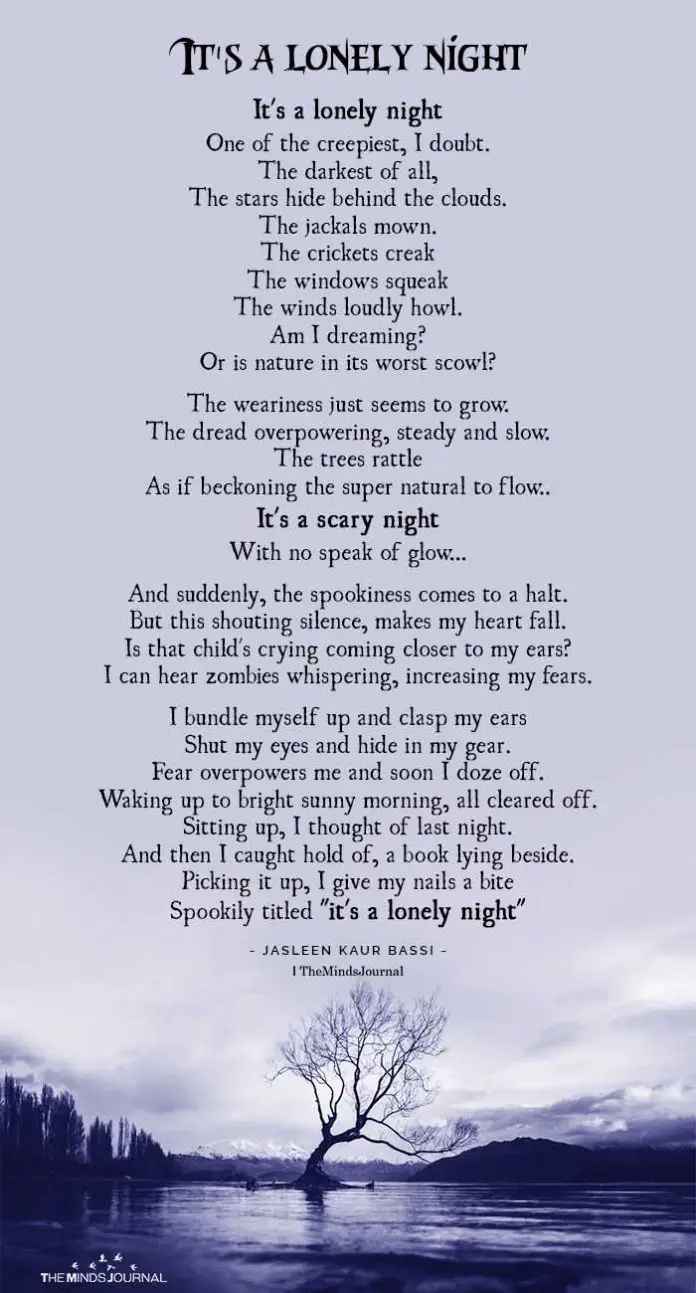
Does this mean ghosts are not real?
Not necessarily. Scientific research does point out several logical reasons that can explain specific paranormal experiences. But science is yet to disprove the existence of ghosts. So we are still pretty far away from finding the answer to “Are ghosts real?” While mental illness, hallucinations and stimulants in the environment can make us falsely believe in ghosts, we cannot deny the existence of the soul or spirits.
Granted there is no scientific evidence that the soul exists, but researchers believe that medicine can reveal certain “truths about the soul, such as the location of its various parts in the brain, heart and liver, or its transmission through the nerves.” In fact, one study found that medical students believe “the heart or the brain as the seat of the soul,” although the soul may not be “attached to the body”.
Related: 9 Chillingly True Ghost Stories From Friends And Family That Confirmed My Belief in Ghosts
Are ghosts real?
We are back to square one it seems, aren’t we. This age-old mystery still remains unsolved. But the science of ghosts can help us debunk most paranormal experiences, better understand our own mind, find reasonable explanations for seemingly ghostly encounters and deal better with our fear of the unknown that lurks in the darkness.
Whether ghosts are real or not, that depends on the believer, for now. The truth is, our universe still holds a lot of mysteries that science cannot explain clearly and the topic of ghosts seems to be one of them.
Whether you believe in ghosts or science, anyone who has had a truly paranormal experience will tell you ghosts are definitely real.
What you believe is up to you.
Related: What Keeps Me Alive At Night – Scary Story
Have you ever seen a ghost? Have you ever had a spooky experience? Share your story with us below.
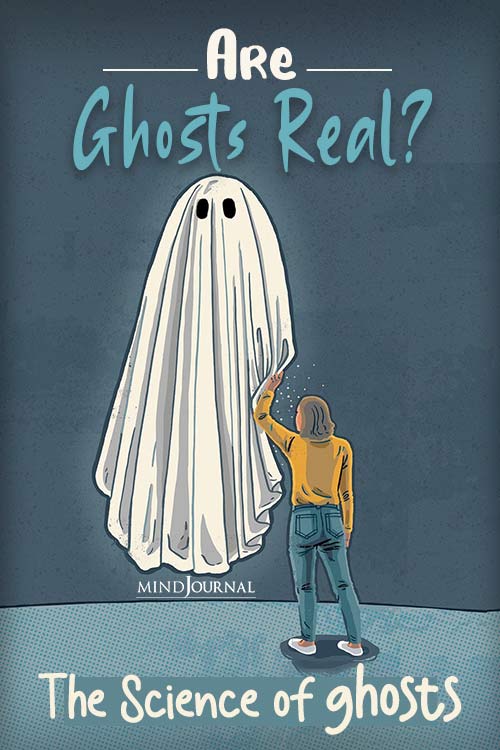
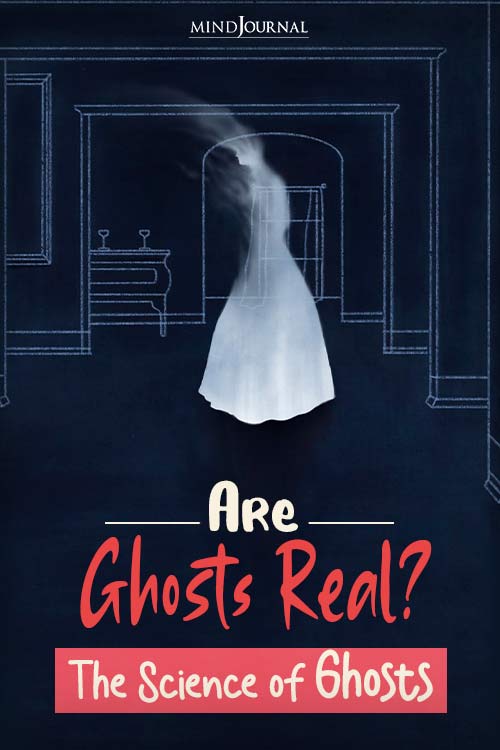

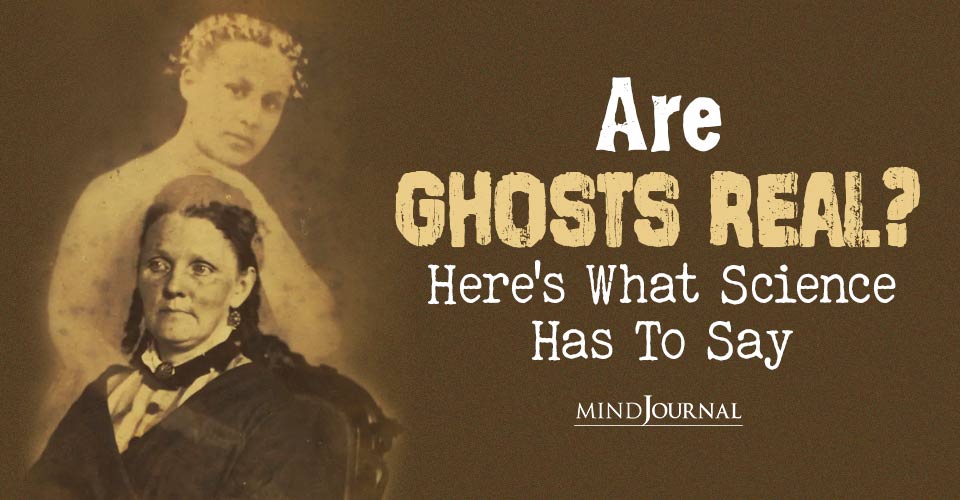

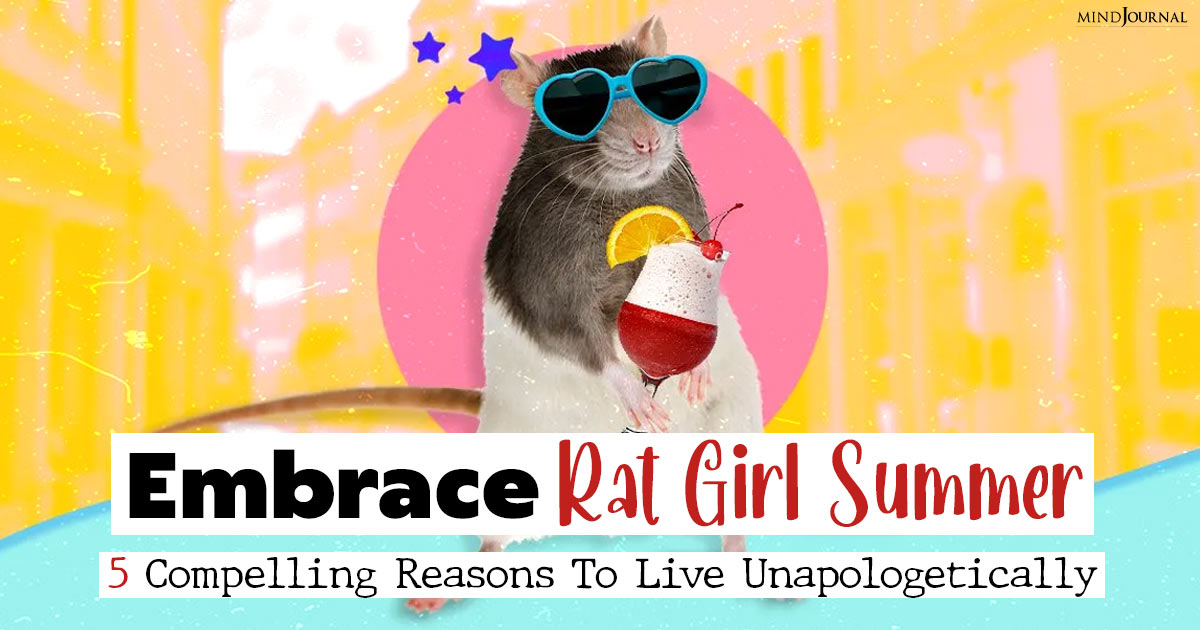

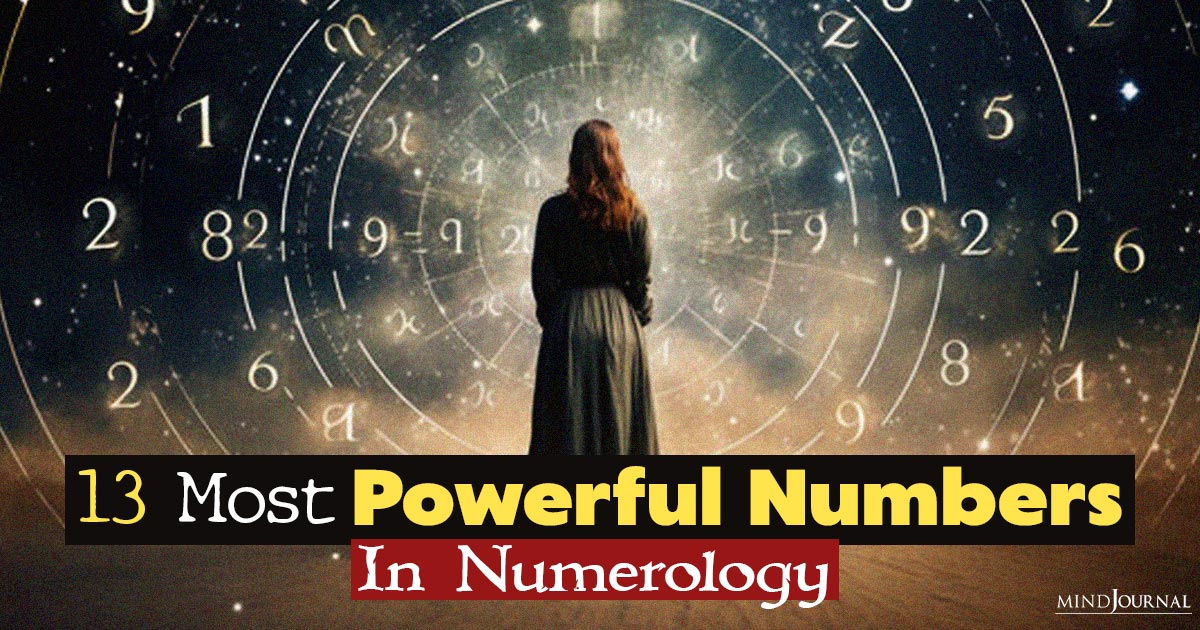



Leave a Reply
You must be logged in to post a comment.